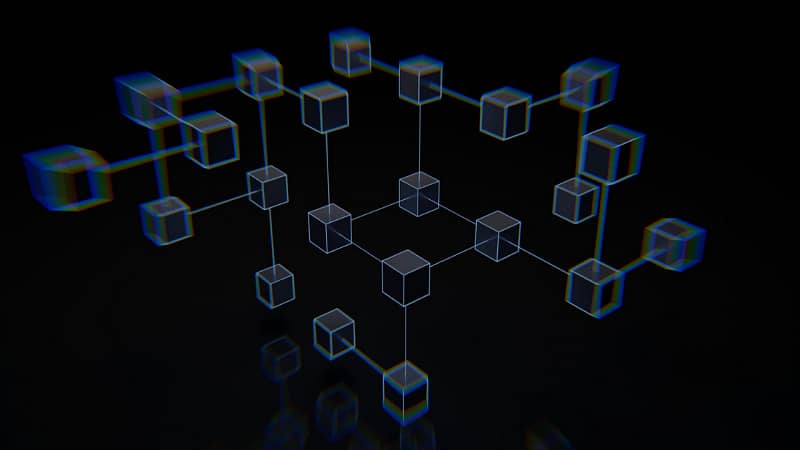Blockchains utilize a layered design to provide swift transactional authentication. Blockchain technology is considered a six-layer structure that all operates together. The layers are mentioned below.
The Actual TCP/IP Network
The very first layer of all the six layers in this technology is the TCP/IP framework, or as we call it – the internet. This layer determines how the technology functions and what process it follows. The phenomenon of decentralized apps, or even the blockchain, would not exist in the absence of the Internet. You can get more information on a reliable trading platform website.
TCP/IP is a collection of communication systems used by the net and other networked computers. The recent basic procedures in the suites are TCP and IP, Transmission Control Protocol, and Internet Protocol, respectively.
1. Peer-to-Peer Protocols

P2P is sometimes referred to as peer-to-peer, where the architecture is built on top of the internet layer.
The P2P method was created to allow end-consumers to connect between themselves without the requirement for a centralized computer. This method of interaction allows each customer to act simultaneously as a buyer and a server and share the requested information by any network.
P2P protocols are classified into two forms.
● Structured P2P
Network connections are fixed in structured P2P systems, and partners maintain a record of the resources (e.g., shared content) that their neighbor members have.
As a consequence, even if the information is extremely scarce, data queries may be quickly routed too close neighbors who have the required data. Structured client-server systems limit both the peer (node graph) and resource storage to assist in fast information detection.
● Unstructured P2P
The unstructured peer-to-peer network is used in blockchain technology since the connections are generated randomly, and all information is saved within every node. Furthermore, unstructured P2P network bits are published in Bitcoin through inundation.
2. Cryptography Algorithms
Blockchain technology depends on several cryptographic methods, the most prominent of which are:
● Public/Private Key Encryption
This strategy was built on two people sharing a single common key for encryption and decoding the given communication. This encryption technique was initially incredibly efficient, rapid, and simple to follow.
● Hash Function
Another crucial aspect of encryption is hash functions. These functions help reduce enormous amounts of information to a tiny unique part with a fixed byte count.
● Digital Sign
The digital sign concept is also important in blockchain technology, as it is used to sign user transactions. Because the Bitcoin record is transparent and available for editing, anybody may enter a fraudulent transaction that was not started by the legit owner of the Bitcoin.
This is one of the many reasons why you need to keep your account and wallet secure so a criminal doesn’t sign your transaction illegally.
3. Consensus Algorithms

This layer guarantees that system protocols are adequately implemented to maintain network regularity. An entry cannot be included in the blockchain by a single node; every node in the system must approve it. This degree of authentication reduces the possibility of adding bogus Bitcoin transactions to the blockchain.
4. Execution of Data Blocks, Transactions, etc.
Simple interaction between designers and the real blockchain features exists at the layer of the blockchain called the execution layer. This layer has the responsibility of completing the core activities of a blockchain platform, such as operations, data management in the system, and smart contractual arrangements.
It also helps blockchain work correctly with the help of many components, some of which are shown below.
● Transaction
A transaction trade is essentially the activity of moving an asset from one location to a different one and re-coding it in the blockchain.
● Block
You may understand blocks by considering them a register where transactions are recorded in an orderly manner. There are certain limitations with each block, and they are linked to one another in a chain.
● Virtual Machine
The programming languages of the developer and the language of the machine are segregated by a virtual machine, which functions as a kind of sandbox.
5. Applications
The final layer of the blockchain network is known as the applications layer, and it is also the layer that provides all the business rules and core functionality caused by various blockchain applications.
The decentralization component of these applications boosts their availability and confidentiality.
Conclusion
Because there is no governmental authority, blockchains are the safest and most secure. They must also be extremely flexible to support increasing user quantities, transaction rates, and certain other datasets.
